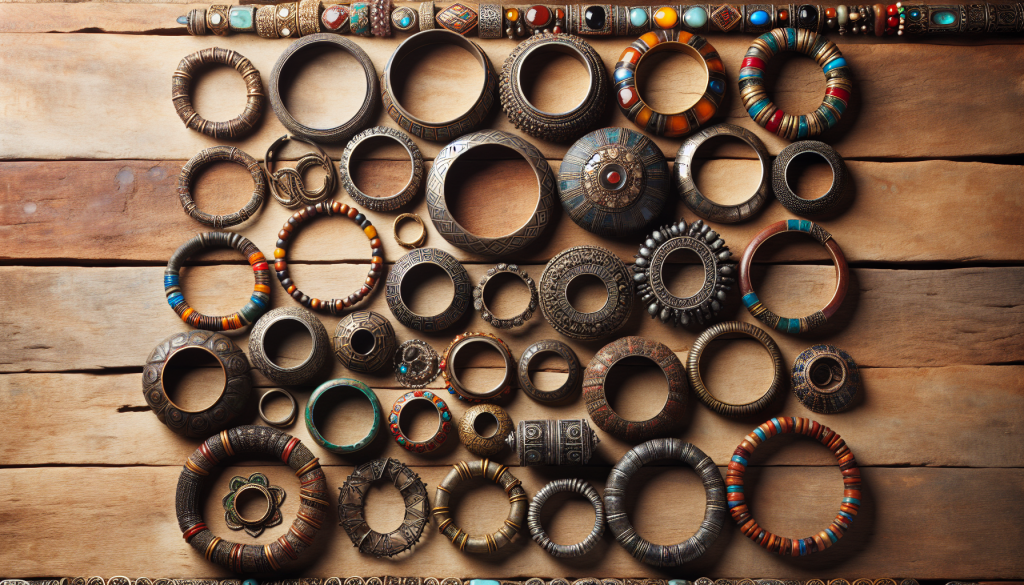Have you ever wondered why bracelets are called bangles? Bracelets, particularly the cylindrical metal ones that adorn our wrists, have been known as “bangles” for centuries. Today, the term “bangle” is often used interchangeably with “bracelet,” but the origin of this curious name carries a rich cultural significance. Delve into the history of these beloved accessories and discover the fascinating story behind why bracelets are called bangles.
[amazon_auto_links id="1067"]
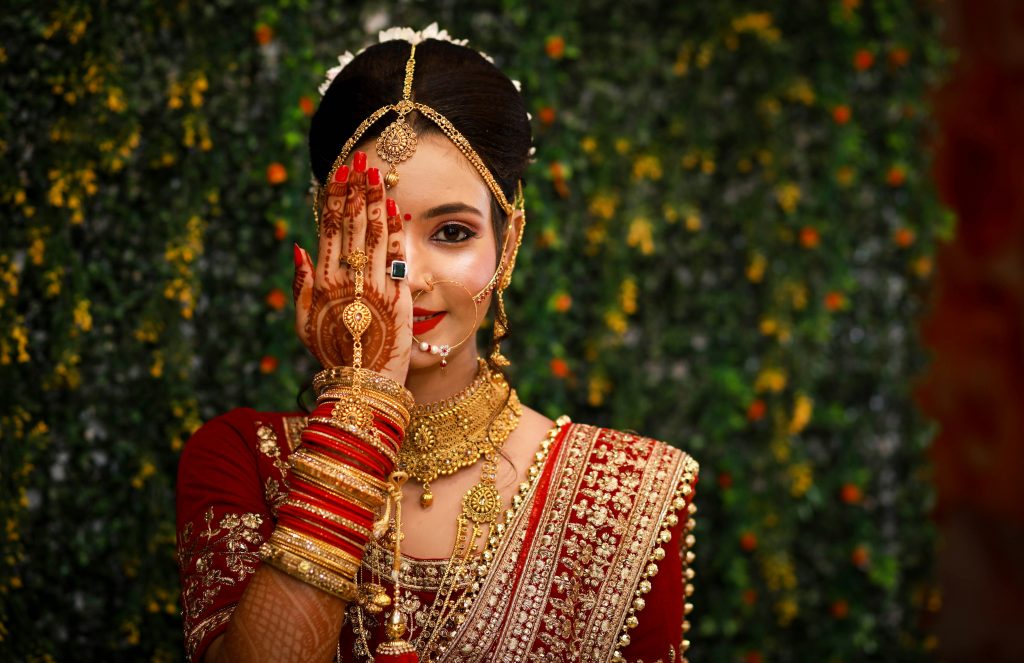
Origin of Bangles
Historical Significance
Bangles have a rich history that dates back thousands of years. The origin of bangles can be traced to ancient civilizations where they were worn as a symbol of status, wealth, and identity. In various historical accounts, bangles were not only seen as decorative ornaments but also as a significant part of religious and cultural traditions. They were crafted using different materials, including precious metals, gemstones, glass, and even bones. The historical significance of bangles lies in their role as a visible symbol of cultural heritage and personal style.
Cultural Traditions
Bangles have deep-rooted cultural traditions in many societies across the globe. Different cultures have their unique ways of wearing and valuing bangles. In many countries, bangles are an integral part of traditional attire and are often worn during religious ceremonies, weddings, and festivals. The significance of bangles in cultural traditions varies, but they generally symbolize auspiciousness, marital status, and feminine beauty. These cultural traditions highlight the connection of bangles to the identity and heritage of a particular community or group.
Evolution of Jewelry
The evolution of jewelry has played a crucial role in shaping the design and significance of bangles. Starting from simple bead-like ornaments, jewelry gradually evolved into more intricate and elaborate pieces. The craftsmanship involved in creating bangles has also evolved over time, with artisans experimenting with different materials, techniques, and designs. As society progressed, new materials like acrylic and plastic came into use, allowing for more vibrant colors and affordable options. The evolution of jewelry, including bangles, reflects the changing fashion trends, societal values, and technological advancements throughout history.
Meaning and Symbolism
Adornment and Beauty
Bangles have always been synonymous with beauty and adornment. They are worn to enhance one’s overall appearance, add a touch of elegance, and complete an outfit. The beautiful and eye-catching designs of bangles make them a highly sought-after accessory for both formal and casual occasions. The natural shimmer and sparkle of precious metals and gemstones used in bangle design contribute to their captivating beauty. By wearing bangles, one can effortlessly elevate their style and showcase their own unique taste.
Religious and Spiritual Significance
In many cultures, bangles hold profound religious and spiritual significance. They are believed to bring good luck, ward off evil spirits, and provide protection to the wearer. For example, in Hinduism, bangles are considered sacred and are an essential part of a married woman’s attire, symbolizing her marital status and well-being. Similarly, in Buddhism, bangles are worn during meditation and prayer as a means to focus and connect with the spiritual realm. The religious and spiritual symbolism associated with bangles highlights their role beyond mere fashion accessories.
Social Status and Wealth
Throughout history, bangles have been associated with social status and wealth. In many societies, the materials, design, and number of bangles worn by an individual reflected their social standing. In ancient times, gold and silver bangles were often worn by the elite, while commoners adorned themselves with bangles made of less expensive materials. The practice of wearing bangles as a symbol of affluence continues even today, although the criteria for determining social status may have evolved over time. Bangles still serve as a way to display one’s prosperity and standing within society.
Tribal and Folklore Symbolism
In tribal and folklore traditions, bangles hold deep symbolism and are integrated into cultural practices. They are often crafted using natural materials found in the local surroundings, such as wood, shells, and bones. The intricate designs and patterns on these bangles represent stories, myths, and traditions unique to each tribe or community. The symbolism associated with tribal bangles is often passed down through generations, preserving the cultural heritage and knowledge of these communities.
Materials and Designs
Traditional Materials
The materials used in the creation of bangles have evolved over time, reflecting the availability of resources and cultural preferences. Traditional materials include gold, silver, bronze, copper, and various gemstones. Gold bangles, in particular, hold significant cultural value and are often passed down as heirlooms. Silver bangles are appreciated for their versatility and affordability. Bronze, copper, and other metals were commonly used in the past, showcasing the craftsmanship of artisans. Gemstones, such as diamonds, rubies, and emeralds, add a luxurious touch to bangles, making them highly coveted among collectors and jewelry enthusiasts.
Contemporary Materials
With the changing times and fashion trends, contemporary bangles now incorporate a wide range of materials. Plastic, acrylic, ceramic, and even recycled materials are now used to create unique and environmentally friendly bangle designs. These contemporary materials offer a more diverse color palette, lightweight options, and affordable alternatives to traditional materials. Additionally, bangles made from materials like glass, enamel, and resin allow for more creative and experimental designs, appealing to a modern and fashion-forward audience.
Popular Designs
Bangles come in various designs, each reflecting the creativity and ingenuity of designers. Some popular designs include enameled bangles with intricate patterns, filigree bangles known for their delicate and lacy appearance, and twisted wire bangles that offer a modern and minimalist look. Another popular design is the bangle set, a collection of bangles in different sizes and styles that can be stacked together for a trendy and bold statement. Bangles with charms and pendants are also favored for their personalized touch, allowing the wearer to showcase their individuality through meaningful symbols and motifs.
Varieties of Bangles
Solid Bangles
Solid bangles are the classic and timeless choice. They are crafted from a continuous piece of material that forms a rigid circle, creating a sophisticated and polished look. Solid bangles are often made from precious metals like gold, silver, and platinum. They can be adorned with gemstones, engravings, or textured patterns, adding a touch of individuality to a simple design.
Charm Bangles
Charm bangles have gained immense popularity in recent years. They are characterized by the addition of various dangling charms or pendants, each representing something meaningful to the wearer. Charm bangles can be personalized with initials, birthstones, or symbols that hold sentimental value. These bangles offer a playful and whimsical touch to any outfit, making them a favorite choice for those who want to express their unique personality through their accessories.
Cuff Bangles
Cuff bangles are known for their versatility and modern appeal. They are open-ended and easily adjustable, allowing for a comfortable fit on any wrist size. Cuff bangles can be minimalistic with clean lines, or they can be adorned with gemstones or intricate designs. They are often larger in width compared to other bangles, making them a statement piece that can be worn alone or paired with other bracelets for a layered look.
Beaded Bangles
Beaded bangles incorporate the use of beads made from a variety of materials, including glass, wood, or gemstones. They offer a vibrant and bohemian look, adding a pop of color to any outfit. The beads can be strung together or woven into intricate patterns, creating a unique and eye-catching design. Beaded bangles are lightweight and flexible, making them comfortable to wear for extended periods.
Flexible Bangles
Flexible bangles are crafted from materials like silicone or flexible metal that allow the bangle to stretch and fit comfortably around the wrist. They are popular among those seeking a more casual and practical option. Flexible bangles often feature contemporary designs with bright colors and interesting patterns. They are perfect for everyday wear or for active individuals who require flexibility and durability in their accessories.
Acrylic and Plastic Bangles
Acrylic and plastic bangles have gained popularity due to their affordability and versatility. They come in a wide range of colors, shapes, and sizes, allowing for endless experimentation and customization. Acrylic and plastic bangles are lightweight, making them comfortable to wear throughout the day. They offer a fun and playful aesthetic, perfect for those who want to make a fashion statement without breaking the bank.
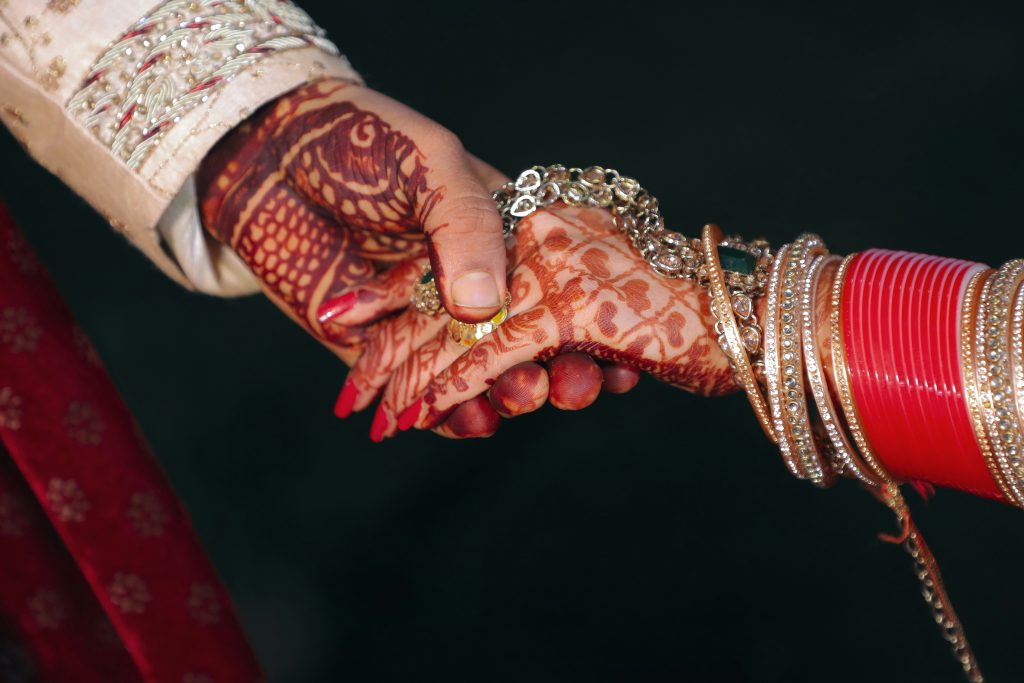
Global Influence of Bangles
Indian Bangles
In India, bangles hold immense cultural and religious significance. They are an integral part of traditional attire and are often given as gifts during special occasions, such as weddings and festivals. Indian bangles are known for their vibrant colors, intricate designs, and use of precious materials like gold, silver, and glass. Different regions in India have their unique styles of bangle-making, such as the lac bangles of Rajasthan and the ivory bangles of Andhra Pradesh. Indian bangles have not only influenced local fashion but have also gained popularity globally for their exquisite craftsmanship and cultural significance.
African Bangles
In many African cultures, bangles symbolize various aspects of life, including spirituality, wealth, and heritage. African bangles are often made from natural materials found in the local environment, such as wood, bones, and seeds. They are known for their bold and distinctive designs, featuring intricate carvings, geometric patterns, and symbolic motifs. These bangles are not only worn as fashion accessories but also serve as a means to express cultural identity and to honor ancestral traditions.
Middle Eastern Bangles
Bangles have a long-standing tradition in the Middle Eastern region and are deeply rooted in local customs and aesthetics. Middle Eastern bangles often feature ornate and intricate designs, crafted from precious metals and adorned with gemstones. Bangles are commonly worn by both men and women, with different styles and designs reflecting cultural traditions and personal preferences. Middle Eastern bangles are highly regarded for their opulence and elegance, making them a cherished part of the region’s heritage.
Western Adaptation
Bangles have also made their mark in Western fashion, where they are appreciated for their versatility and ability to elevate any outfit. Western adaptations of bangles often feature contemporary designs, using a mix of traditional and modern materials. Bangles with innovative closures, unique textures, and unconventional shapes have become popular among fashion enthusiasts. Western designers often draw inspiration from various cultures and incorporate global influences into their bangle designs, creating a fusion of styles that appeal to a diverse audience.
Historical and Cultural Significance
Ancient Origins
The origins of bangles trace back thousands of years to ancient civilizations, such as Egypt, Mesopotamia, and the Indus Valley. In these societies, bangles were worn by both men and women, highlighting their significance beyond gender-specific adornments. The craftsmanship of ancient bangles showcased the mastery of metalworking techniques and the cultural values associated with jewelry. The intricate carvings, symbolic motifs, and use of precious materials in ancient bangles highlighted their importance in religious rituals, social hierarchies, and personal adornment.
Symbolism in Different Cultures
Bangles hold diverse symbolism in different cultures around the world. For example, in Indian culture, married women often wear red and white bangles as a symbol of their marital status and fertility. In contrast, black bangles are associated with mourning in many cultures. In African traditions, the number and arrangement of bangles on a woman’s arm can indicate her social status, wealth, or tribe affiliation. The symbolism attached to bangles varies greatly, emphasizing the unique cultural meanings and practices embedded in the history of each society.
Bangles in Weddings and Festivals
Bangles play a significant role in weddings and festivals across many cultures. In weddings, bangles symbolize the marital bond and are often exchanged between the bride and groom or given as gifts to the bridal party. They are considered a good omen and are believed to bring prosperity and happiness to the newlyweds. Similarly, festivals are often marked by the wearing of bangles as a means to honor traditions, celebrate cultural heritage, and create a sense of unity among communities. The presence of bangles in weddings and festivals highlights their enduring importance in auspicious and joyous occasions.
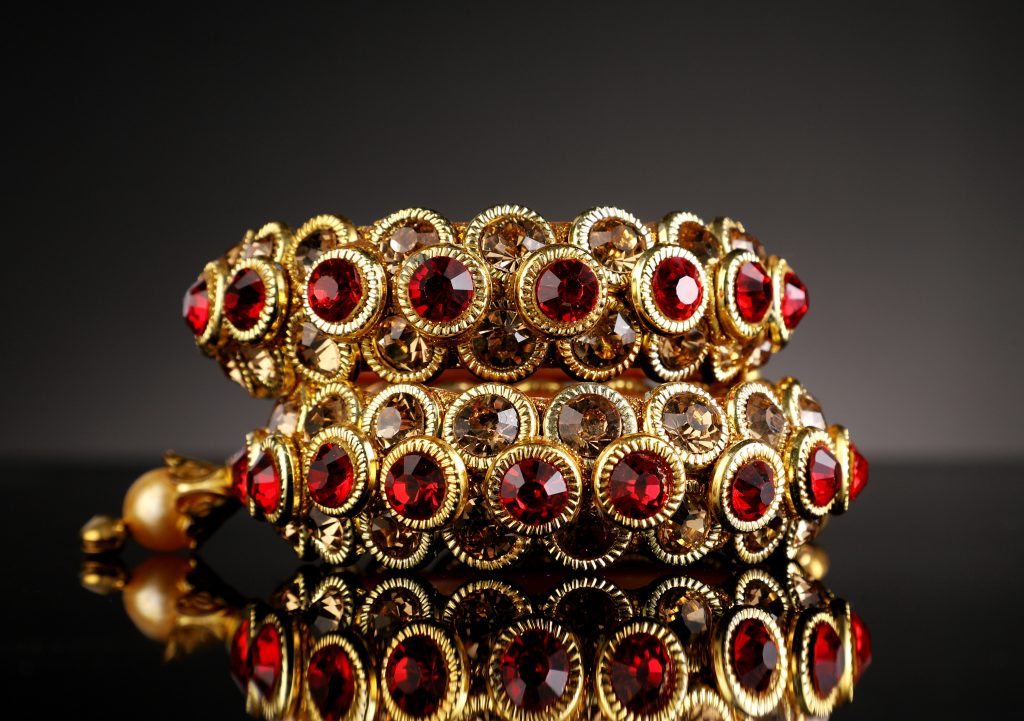
Role of Bangles in Fashion
Fashion Accessories
Bangles are an essential fashion accessory that can transform an outfit and make a personal fashion statement. They offer endless possibilities for self-expression and can be mixed and matched to reflect one’s mood or style preferences. Whether worn alone or stacked with other bracelets, bangles contribute to the overall aesthetics of an ensemble. They add a touch of glamour, sophistication, or playfulness, depending on the design, material, and styling choices. Bangles are a versatile accessory that can complement any fashion trend, from casual bohemian to formal elegance.
Traditional Attire
Bangles are deeply intertwined with traditional attire in many cultures. They complete the look of traditional garments and are often considered an essential part of the ensemble. For example, in South Asia, women wear bangles to enhance the beauty of sarees, lehengas, or salwar kameez. Similarly, in African cultures, bangles are worn alongside traditional garments that reflect the heritage and customs of each community. The fusion of bangles with traditional attire creates a cohesive and harmonious visual representation of cultural identity and celebrates the richness of diversity.
Contemporary Fashion Trends
Bangles have transcended cultural and traditional boundaries, making their way into contemporary fashion trends. They have found favor among fashion influencers, designers, and celebrities, who have incorporated them into their signature styles. Bangles are often seen on fashion runways, where they are paired with modern outfits to create a juxtaposition of traditional and contemporary aesthetics. The presence of bangles in contemporary fashion showcases their adaptability and timelessness, proving that they can seamlessly fit into any fashion era or trend.
The Impact of Popular Culture
Celebrities and Influencers
Celebrities and social media influencers play a significant role in shaping fashion trends and influencing consumer preferences. Many celebrities are often seen wearing bangles as part of their red carpet looks, music videos, or everyday street style. Their endorsement of bangles as fashionable accessories helps increase their popularity and encourages others to embrace them as well. Social media influencers, with their large followings and influencer status, further amplify the impact of bangles in popular culture by showcasing creative ways to style them and introducing unique designs to their audiences.
Fashion Industry and Runways
The fashion industry and runways have played a crucial role in elevating the status of bangles as a fashion staple. Fashion designers often incorporate bangles in their collections, layering them with other bracelets or showcasing them as standalone statement pieces. The inclusion of bangles in fashion shows and presentations gives them exposure and positions them as a must-have accessory for fashion-forward individuals. The fashion industry’s endorsement of bangles gives them a seal of approval and helps solidify their position as a fashionable and relevant accessory.
Bangles in Movies and TV Shows
Movies and TV shows have also contributed to the popularity and influence of bangles in popular culture. Costumes and wardrobe choices in films often reflect the fashion trends of the time, and bangles are frequently featured as part of character ensembles. From iconic Bollywood dance sequences with actresses adorned in dazzling bangle stacks to period dramas set in ancient civilizations showcasing historically accurate bangle designs, the presence of bangles on-screen has left a lasting impact on fashion choices and inspired countless individuals to embrace and appreciate their beauty.
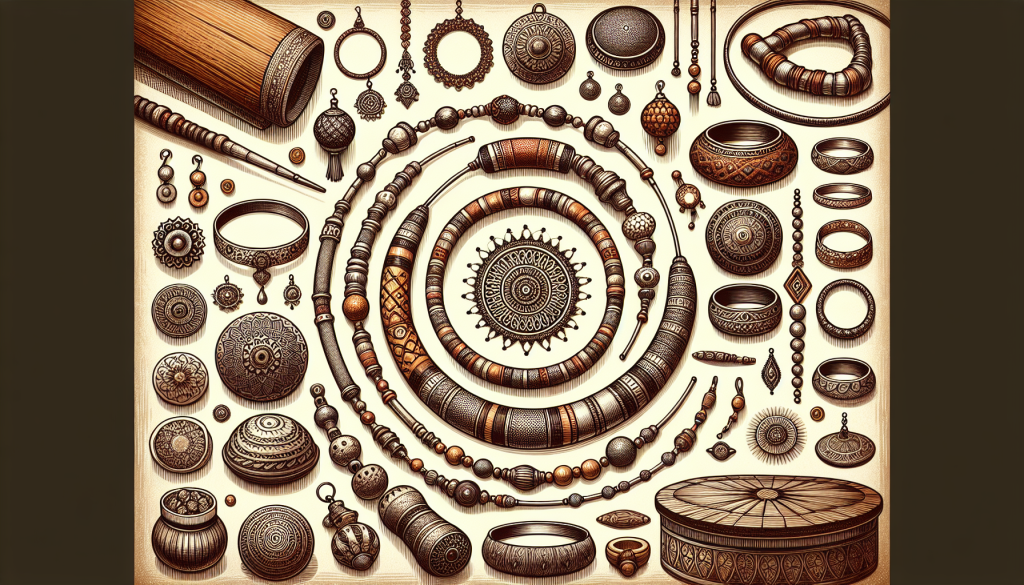
Bangles in Modern Jewelry Design
Incorporating Bangles in Jewelry Sets
Bangles are often part of jewelry sets where they complement other pieces, such as necklaces, earrings, and rings. Jewelry sets allow for a cohesive and harmonious styling, ensuring that all accessories work together to create a complete look. By incorporating bangles into jewelry sets, designers provide customers with a convenient and aesthetically pleasing way to showcase their personal style without the need for extensive pairing and coordination.
Stacking and Layering Bracelets
Stacking and layering bracelets, including bangles, has become a popular trend in modern jewelry styling. By wearing multiple bangles simultaneously or combining them with other bracelet styles, individuals can create personalized and unique combinations. Stacking and layering showcase individuality, creativity, and a flair for fashion. This trend not only allows for maximum visual impact but also provides the opportunity to mix and match various designs, materials, and colors to achieve a desired look.
Innovative Bangles Designs
Jewelry designers are constantly pushing the boundaries of bangle design by introducing innovative and unconventional styles. From avant-garde geometric shapes to bangles with hidden compartments, the world of bangle design is full of unique and unexpected surprises. Designers experiment with different materials, textures, and closures to create bangles that are not only visually striking but also functional and comfortable to wear. The introduction of innovative bangle designs keeps this ancient accessory contemporary and relevant in the constantly evolving world of fashion.
Caring for Bangles
Cleaning and Maintenance
To keep bangles looking their best, regular cleaning and maintenance are essential. Depending on the materials used, bangles may require specific care routines. Metal bangles can be cleaned using a mild soap and water solution, while gemstone bangles may require more delicate cleaning methods, such as using a soft brush or cloth. It is important to avoid exposing bangles to harsh chemicals, excessive heat, or direct sunlight, as these can damage their appearance and integrity. By following proper cleaning and maintenance practices, bangles can be enjoyed for years to come.
Storing and Preserving
When not in use, bangles should be stored properly to prevent damage and maintain their condition. It is recommended to store bangles individually in a soft cloth or a dedicated jewelry box to avoid scratching or tangling. For metal bangles, using anti-tarnish strips or pouches can help prevent tarnish and discoloration. It is advisable to keep bangles away from moisture-prone areas, extreme temperatures, and direct sunlight to preserve their shine and durability. Proper storage and preservation ensure that bangles remain as beautiful and cherished as the day they were acquired.
Repair and Restoration
If a bangle becomes damaged or loses its original luster, professional repair and restoration services may be necessary. Depending on the extent of the damage, skilled jewelers can repair broken clasps, replace missing gemstones, or polish out scratches. It is essential to choose a reputable jeweler with experience in working with the specific materials and design of the bangle to ensure proper restoration. By investing in professional repair and restoration, damaged or worn-out bangles can be brought back to their former glory, allowing them to continue being treasured as meaningful and stylish accessories.
In conclusion, bangles have a rich history and cultural significance that spans across different societies and time periods. From their ancient origins to their role in modern fashion, bangles have been cherished as symbols of beauty, spirituality, wealth, and cultural identity. The evolution of materials, designs, and styles has allowed bangles to adapt and remain relevant in the ever-changing world of jewelry. The influence of bangles can be seen in global fashion trends, popular culture, and even the world of movies and TV shows. With proper care and appreciation, bangles will continue to be cherished and treasured by individuals worldwide for their unique and timeless beauty.
